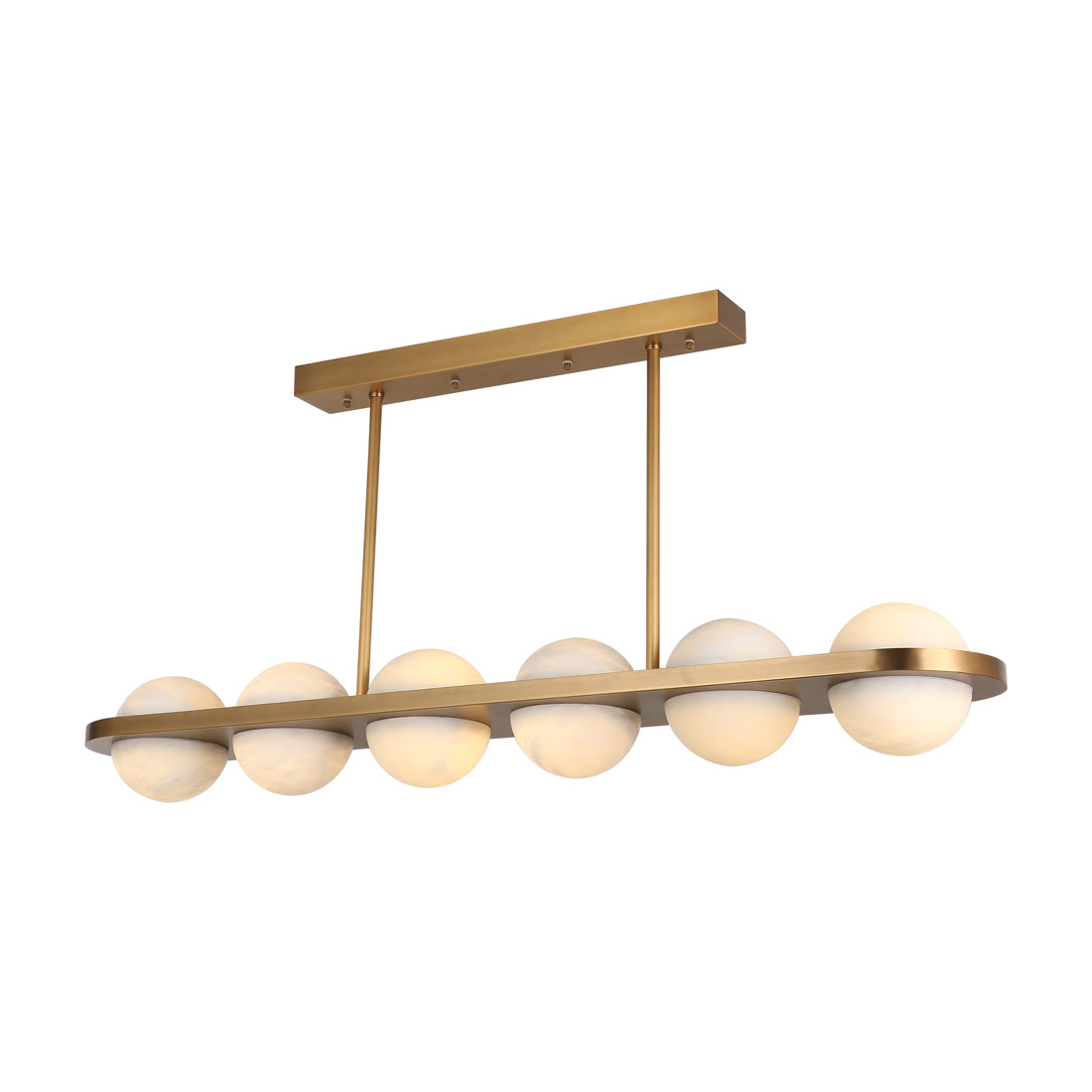Mastering Strategies for Effective Picture Lighting: Your Guide to Beautiful Photography
Mastering Strategies for Effective Picture Lighting: Your Guide to Beautiful Photography
In the world of photography, lighting is one of the most crucial elements impacting the final image. Whether you're an amateur looking to improve your skills or a seasoned professional, understanding the strategies for effective picture lighting can significantly elevate your work. In this article, we will explore various techniques and tips to help photographers achieve stunning lighting effects, along with considerations for different settings.
Understanding the Basics of Light
Light is what gives dimension, tone, and mood to a photograph. It can emphasize textures and transform ordinary scenes into extraordinary visuals. Before diving into specific strategies, we must first identify the types of light sources available:
| Type of Light | Description | Examples |
| Natural Light | Light that comes from the sun. | Sunrise, Sunset, Overcast Days |
| Artificial Light | Light produced by artificial sources. | Studio Lights, Flash, LED Panels |
| Mixed Light | A combination of natural and artificial lights. | Indoor Settings with Windows |
Strategies for Effective Picture Lighting
1. Utilize Natural Light
One of the most effective strategies for effective picture lighting is to harness natural light. The golden hour—shortly after sunrise or before sunset—provides a soft, warm glow that is highly favored by photographers. During these times, shadows are softer, and colors appear richer. Here are some tips:
- Look for interesting shadows or highlights that enhance your subject.
- The angle of the light can significantly affect the image. Experiment with side lighting for dramatic effects.

2. Choose the Right Time of Day
Different times of day provide varying qualities of light. Midday sun, while bright and abundant, can create harsh shadows. Instead, aim for:
- Early morning and late afternoon for softer light.
- Cloudy days provide diffuse light that is flattering for portraits.
3. Experiment with Artificial Lighting
Artificial lights open up a world of possibilities. Here are some effective uses:
- Studio Lights: Use softboxes to diffuse light, creating a soft and even illumination on your subject.
- Flash: On-camera and off-camera flashes can add fill light to shadowed areas.
- Continuous Lighting: LED Lights allow for real-time adjustments while seeing how light interacts with your subject.
4. Master the Use of Reflectors
Reflectors are a low-cost way to manipulate light. They can bounce light back onto your subject to fill in shadows. Consider the following:
- Use white reflectors for a natural feel.
- Golden reflectors can add warmth to the skin tones.
Understanding Color Temperature
Another important aspect of lighting involves color temperature, which affects how colors appear in photographs. Here’s a quick glance:
| Color Temperature | Kelvin (K) |
| Cool Light | 5000K and higher |
| Neutral Light | 4000K |
| Warm Light | 3000K and lower |
Understanding these temperatures allows you to choose the right settings on your camera or adjust the lighting in post-processing.
5. Learn to Control Shadows
Shadows can add depth and interest to your images. However, managing them is key. Consider:
- Position your subject to control shadow lengths.
- Use reflectors or diffusers to soften harsh shadows that may distract from the subject.
6. Incorporate Backlighting
Backlighting can create dramatic effects and help achieve a sense of depth. To utilize backlighting:
- Position the light source behind your subject.
- Adjust the exposure to prevent bright light from overpowering the subject.
- Experiment with lens flare and rim light effects for artistic shots.
Special Considerations for Different Scenarios
Lighting strategies will vary depending on the location and type of photography. Here are tips for common scenarios:
Portrait Photography
For portraits, flattering soft light is crucial. Use:
- Natural light near a window or outdoors during golden hour.
- Artificial softboxes or umbrellas to diffuse the light further.
Product Photography
To highlight products, focus on:
- Using a light tent for even illumination and reducing harsh shadows.
- Experimenting with angles to accentuate key features of the product.
Landscape Photography
Landscape photography thrives on natural light. Special tips include:
- Capture during golden hours for enhanced colors.
- Utilize longer exposures and filters to achieve dramatic effects.
Post-Processing Techniques
Even with perfect lighting, post-processing is essential for refining your images. Here are some strategies:
- Adjust the brightness and contrast to enhance details.
- Use color grading tools to correct any color temperature issues.
- Consider light enhancement techniques to brighten images subtly.
Conclusion and Recommendations
Using effective picture lighting strategies is vital for creating visually stunning photographs. Whether you're utilizing the soft glow of natural light or manipulating artificial sources for desired effects, mastering your approach to light will significantly improve your photographic skills. Remember, practice makes perfect—experiment with the various techniques discussed in this article. Pay attention to factors such as time of day, weather conditions, and your subject's characteristics, and adapt your strategy accordingly. With patience and persistence, you'll be able to refine your skills and develop a unique photographic style.
Always keep the golden rules of lighting in mind, and don’t hesitate to explore new techniques as the world of photography is continually evolving. Happy shooting!
